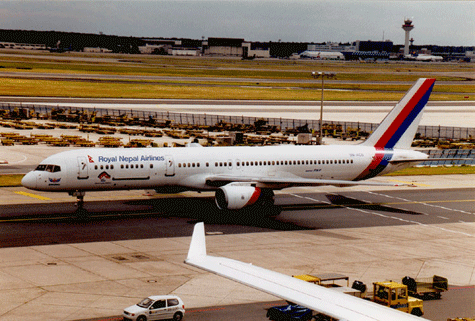Unrest Stalls Nepal Cargo


In Nepal where discovery and the beauty of the Himalayas
can be stunning, a nationwide strike called by seven political parties
of the country against the king's direct rule (and autocratic rules)
continues for the past 18 days, “impacting all export and import
cargo,” according to Sundar Dahal, CEO Starlight Express P. Ltd.
“We do 25 tons of air cargo export
and about 40 tons import every day with more than 30 tons by ocean freight
export and 50 tons of ocean freight import.
“Most international carriers are
thinking embargo for all Nepal-bound cargo.
“The Nepal strikes have generated
widespread support amongst almost all transportation professionals here.
“Even government custom employee
and civil servants have supported the action, so there is no custom
clearing for any kind of cargo.”
Over the weekend, domestic airlines halted
flights supporting the protest on Saturday April 21, 2006 amidst growing
violence and continued widespread unrest.
In Kathmandu Civil Aviation Authority
of Nepal (CAAN) said airline operations had returned to normal from
Tribhuvan International Airport “in a smooth manner,” by
Sunday.
Starlight Express is Nepal’s first
ISO9001-2000 certified international freight forwarding company.
The outfit also serves the GSA for Best
Aviation Bangladesh and exclusive Cargo Sales Agent for Air Nepal International,
and is a non-exclusive agent for Leisure Cargo (Asia) representing 15
European airlines.
“Last year Nepal export dipped by
15% due to Maoist problem and the governments unfriendly policy for
export,” Sundar Dahal said.
“But recently the USA withdrew quota
for Nepalese garments import, and business rebounded.
“Big garment buyers like Wal-Mart,
Gap, TCP, Oxford, Leo, Cliff Hanger, Lactose etc., have placed large
orders for goods from Nepal.
“But due to this strike delivery
time is uncertain.
Ever hopeful, Sundar added:
“We are hoping for the early settlement
and for the situation to settle down soon.”
www.starlightexp.com



